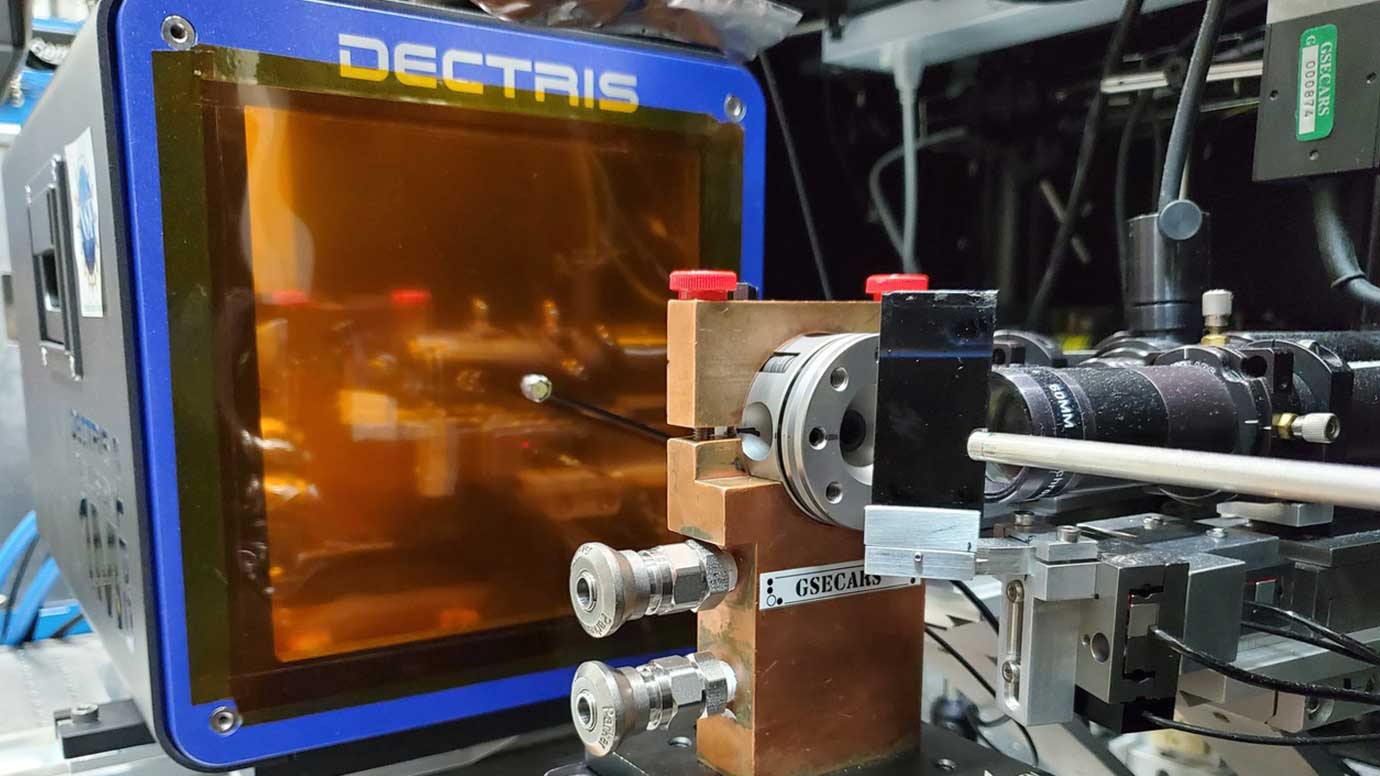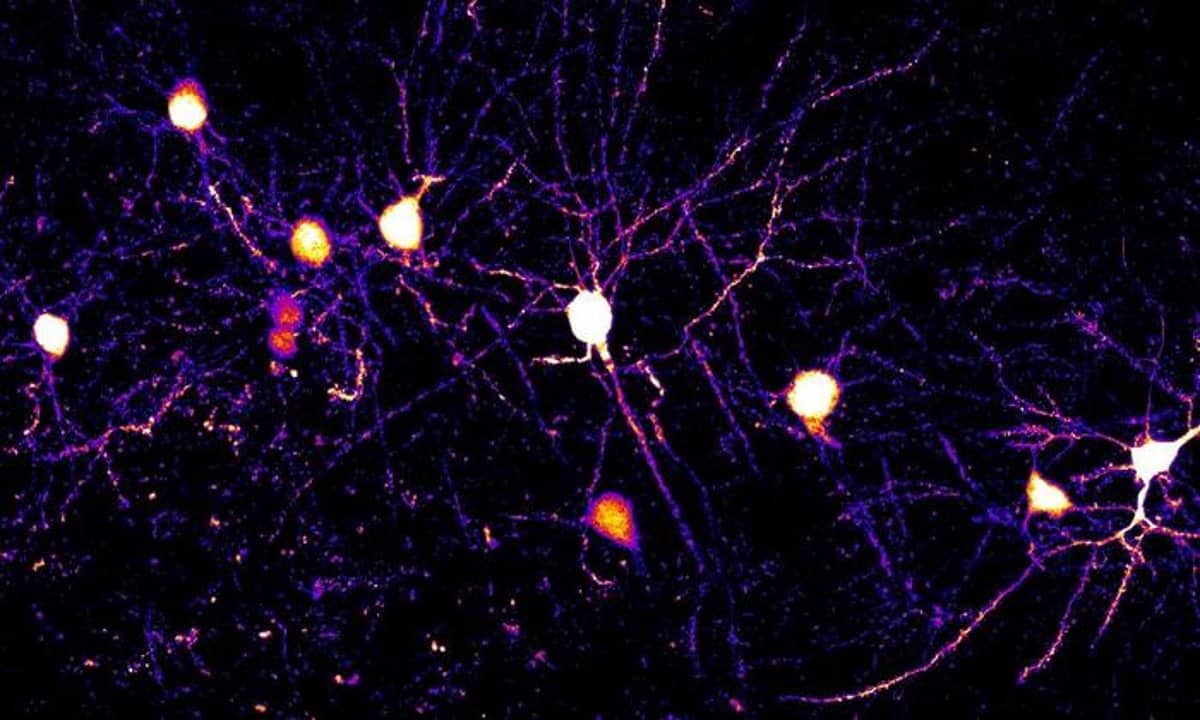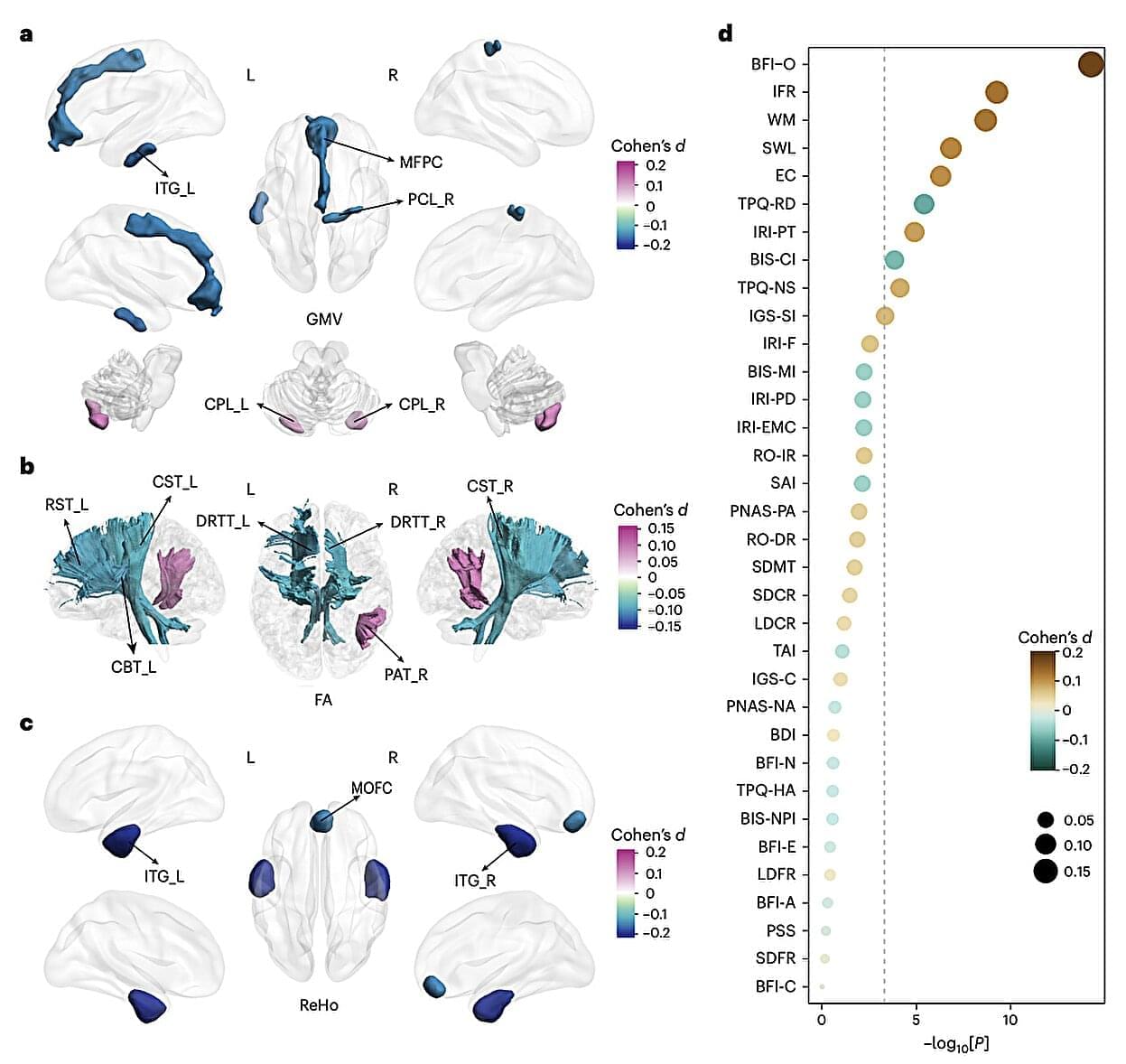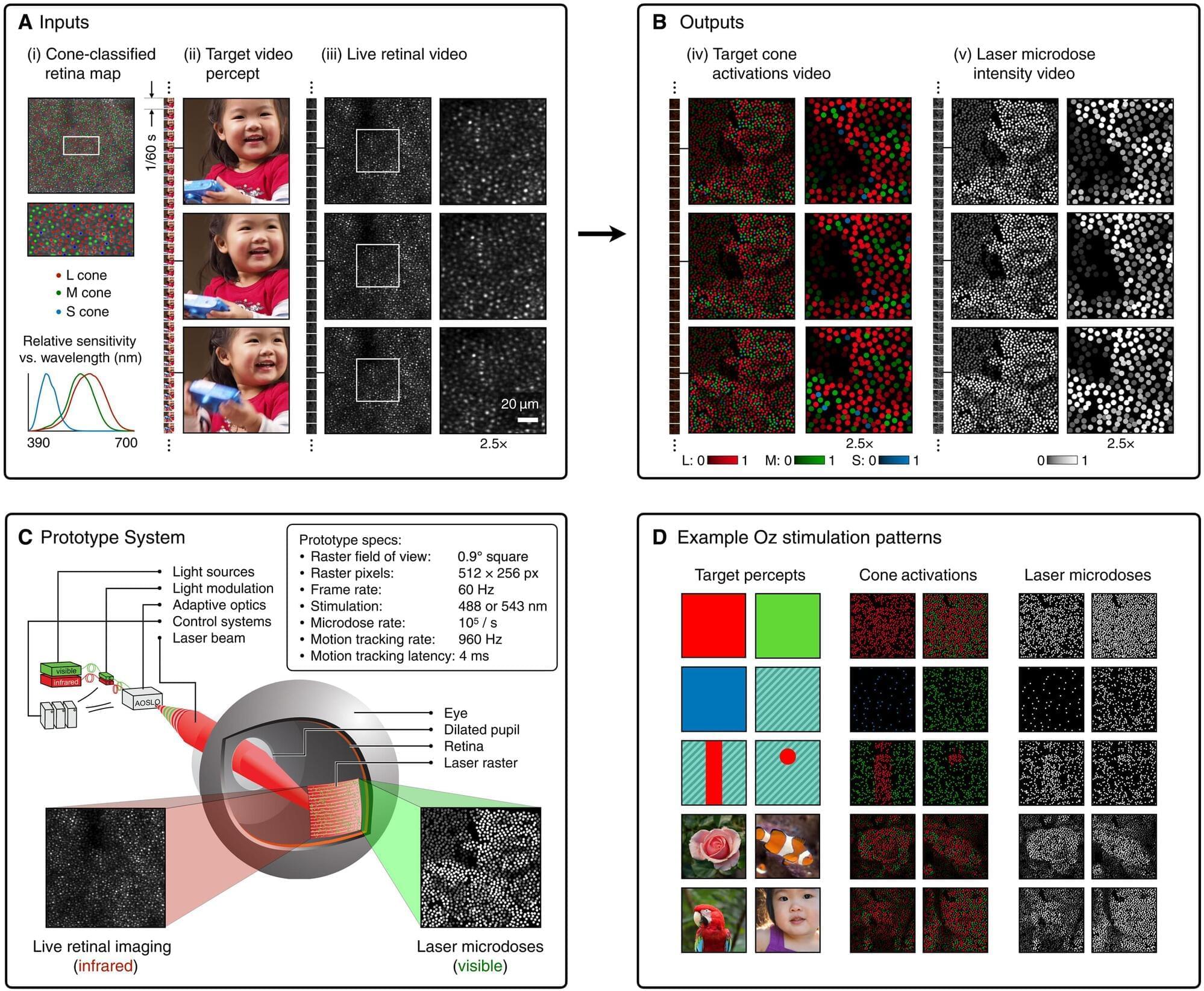Are black holes really cosmic shredders—or are they complex quantum structures storing everything they consume? Discover the revolutionary Supermaze Hypothesis and Fuzzball Theory in this deep dive into black hole physics, quantum mechanics, and string theory. This could change everything we know about the universe!
Paper link : https://arxiv.org/abs/2312.
Chapters:
00:00 Introduction.
00:44 Inside the Supermaze – A New Perspective from String Theory.
02:42 The Fuzzball Revolution – Solving the Information Paradox.
04:43 Scientific Debate and the Road to the Theory of Everything.
06:57 Outro.
07:16 Enjoy.
MUSIC TITLE: Starlight Harmonies.
MUSIC LINK: https://pixabay.com/music/pulses-star… our website for up-to-the-minute updates: www.nasaspacenews.com Follow us Facebook: / nasaspacenews Twitter:
/ spacenewsnasa Join this channel to get access to these perks:
/ @nasaspacenewsagency #NSN #NASA #Astronomy#BlackHole #SupermazeHypothesis #FuzzballTheory #QuantumPhysics #StringTheory #MTheory #EventHorizon #HawkingRadiation #InformationParadox #CosmicMysteries #QuantumGravity #Branes #QuantumMaze #PhysicsExplained #SpaceTime #BlackHoleTheory #Astrophysics #Cosmology #QuantumUniverse #TheoryOfEverything #BlackHoleInfoParadox #StephenHawking #SamirMathur #NicholasWarner #QuantumEntanglement #ScienceExplained #GravitationalWaves #LIGO #EventHorizonTelescope #QuantumReality.
Visit our website for up-to-the-minute updates:
www.nasaspacenews.com.
Follow us.









